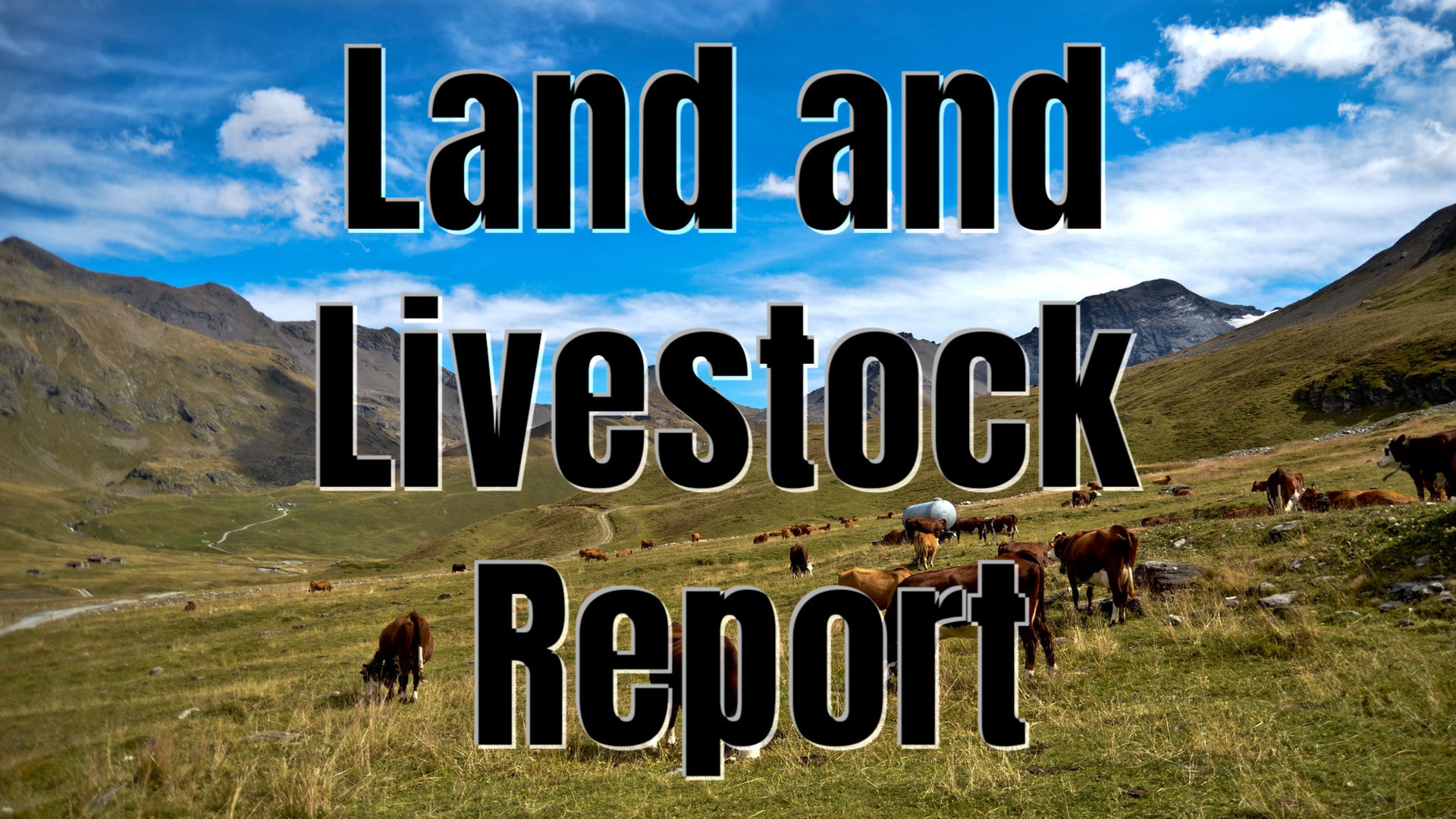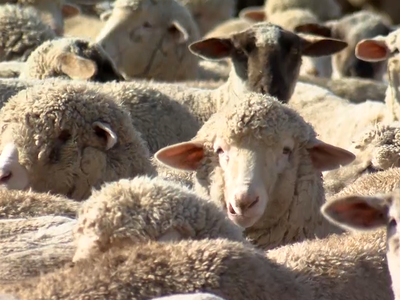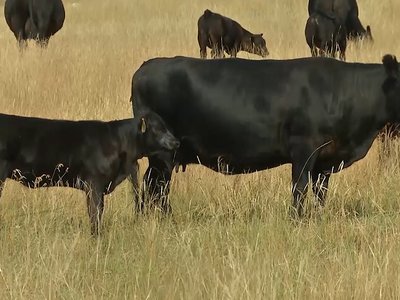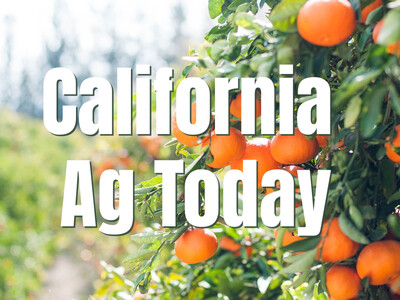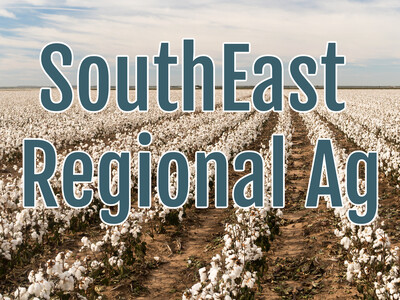Riparian Areas Can Benefit from Managed Grazing
There are many in state and federal agencies that view the best way to protect riparian areas is to exclude livestock from creeks and streams completely. However, Washington State University Extension Rangeland Specialist Tip Hudson says that view can also cause unintended consequences that do not enhance riparian area health. By excluding livestock, often a singe species of vegetation, like canary grass dominates the riparian area. Hudson says that canary grass is the cheat grass of the riparian area vegetation.Hudson says that livestock can help manage riparian areas by using best practices like for grazing short durations, early season use, and by avoiding grazing during in the hot season. He emphasis that grazing helps to manage riparian vegetation
Hudson: The main drivers of water quality are riparian function. And the primary driver of riparian function is vegetation that is in the stream-side. So everything we can do to protect the type of vegetation and the quantity of vegetation that has sufficient root strength to hold the stream banks together is far and away the best thing ranchers can do to protect water quality.”
Soon there will be a Risk Assessment Factor Tool
Hudson: “The 10-page document that goes into a fair bit of detail about the interactions between livestock grazing and soil-plant interface and water quality. Then there will be a two-page check list that is a designed to be something a rancher can stand on his stream and get some gut check on how much risk they might be at for water quality.”


